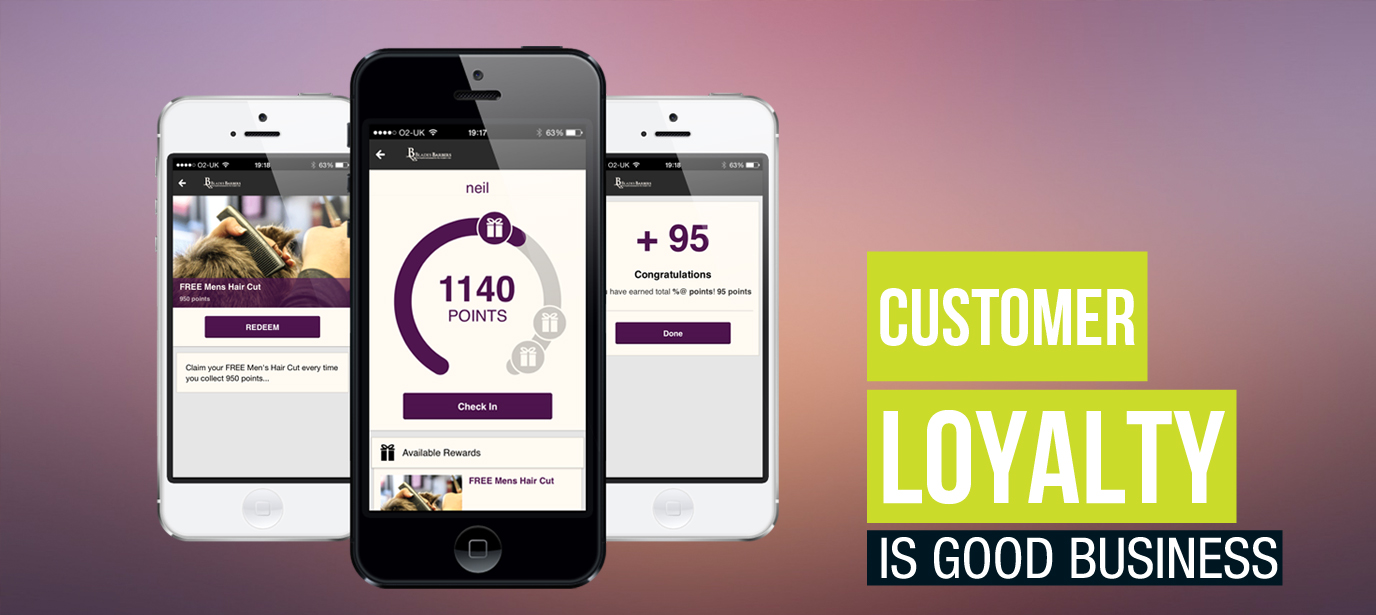Six Myths About Customer Loyalty Programs
Low-margin retailers often argue they can’t afford customer loyalty programs, but is that true? Two business professorsmake the case that such programs are profit-enhancing differentiators.
There are three ways to differentiate in retailing: location, location, and location. The problem is that as markets mature, location becomes less potent as a competitive advantage because the consumer has a growing abundance of convenient choices.
That’s one reason why mass retailing in mature markets is a sector notorious for its lack of differentiation between players. Once location has played out its magic, retailers tend to get squeezed in a business characterized by the infernal duo of low margin and high fixed cost. In such businesses, price wars are never far away.
It is therefore not surprising that many retailers have adopted loyalty programs as a convenient mechanism of meaningful differentiation. Ultimately, loyalty programs should offer incentives for shoppers to reduce their store switching by offering them better value. Loyalty programs have the added advantage of not taking much time to establish, making the threat of price wars from competing retailers less credible.
UNCERTAINTIES, AMBIGUITIES, AND DOUBT
The many advantages of loyalty programs have been well debated in the massive literature available on the subject. Yet, there remain uncertainties, ambiguities, and doubts in the minds of many retailers over whether loyalty programs offer a sustainable and profitable business model.
Retailers such as Sainsbury’s in the United Kingdom illustrate this hesitation. They were early adopters of loyalty programs but dropped them, claiming they were too costly without compensating tangible benefits. (Recently they reinstalled a program in a market where all non-Every Day Low Pricing players offered them.)
A lot of this uncertainty is due to a number of myths. In this paper we want to clarify the most prominent of misunderstandings associated with loyalty programs in retailing. The six myths can be classified in three groups: (1) architecture of shopper reward (size and convexity of rewards), (2) architecture of retailer rewards (sustainable profitability and horizontal competition), (3) type of retail sector (frequently versus infrequently purchased goods).
We discuss each of these myths in turn.
SIZE OF THE REWARD
Loyalty programs do not really work in grocery stores because the rewards that grocery retailers can afford to offer are too small. They cannot offer better rewards, according to conventional wisdom, because of their razor-thin margins fueled by extremely competitive market conditions.
That doesn’t stop many retailers from trying. Indeed, grocers like Tesco, Sainsbury’s, Kroger, Safeway, and Stop & Shop give back 1-2 percent of the total spent to their card-carrying shoppers. Stores in other categories—Staples in office supplies, Barnes and Noble in books, Best Buy in electronics—offer similar rewards. Boots, the UK-based pharmacy and beauty supply retailer, offers a substantial reward of 4 percent, but that rate is more exception than rule.
This type of reward is actually a “thank you” to the consumer from the store for the privilege of collecting loyalty card customer data. As former Tesco CEO Sir Terry Leahy put it in his recent book referring to the 1 percent loyalty discount: “It was a thank you, pure and simple.”
Can such small rewards convince consumers to favor one retailer over another? Will consumers bestow their loyalty by spending most of their grocery dollars with one retailer for 1-2 percent payback?
Let’s look more closely at the actual rewards. They come in two forms : (1) turbo charged vouchers (doubling, tripling, or even quintupling the value of the voucher at partner companies such as hotels, restaurants, and theme parks and (2) “
individual shopper targeted” offers, whereby each shopper regularly receives an extensive set of tailor-made coupons predominantly paid for by supplier brand-owners. The value of tailor-made coupons and their benefit to each individual shopper builds with the retailer’s increasing understanding of the contents of the consumer’s shopping basket, and relies heavily on the magnitude of dollars spent in the store.
The actual value for the shopper of turbo-charged vouchers and tailor-made coupons are far more substantial than the 1 percent “thank you” discount offered on the total purchases at Tesco. The more a consumer spends in the store, the more information the store is collecting about consumer tastes and shopping habits, allowing it to direct more relevant rewards toward such loyal customers.
Thus an increase in dollars spent in the store not only increases the dollar value of the coupons received by the customer, but also yields higher redemption rates reflecting the massively improved relevance of the tailor-made offers to each individual shopper based on loyalty card data. For example, at Tesco, redemption rates on individual tailor-made coupons vary between 10 percent and 20 percent as compared to the usual 1 percent or less redemption rates.
It is therefore not the 1-2 percent payback to the consumer that makes the loyalty program work for the grocer but rather the turbo-charged vouchers and the total value of tailored coupons that shoppers stand to lose if they go elsewhere. Store-switching costs created this way increase the spending and loyalty of shoppers.
Continue reading on Forbes.com


